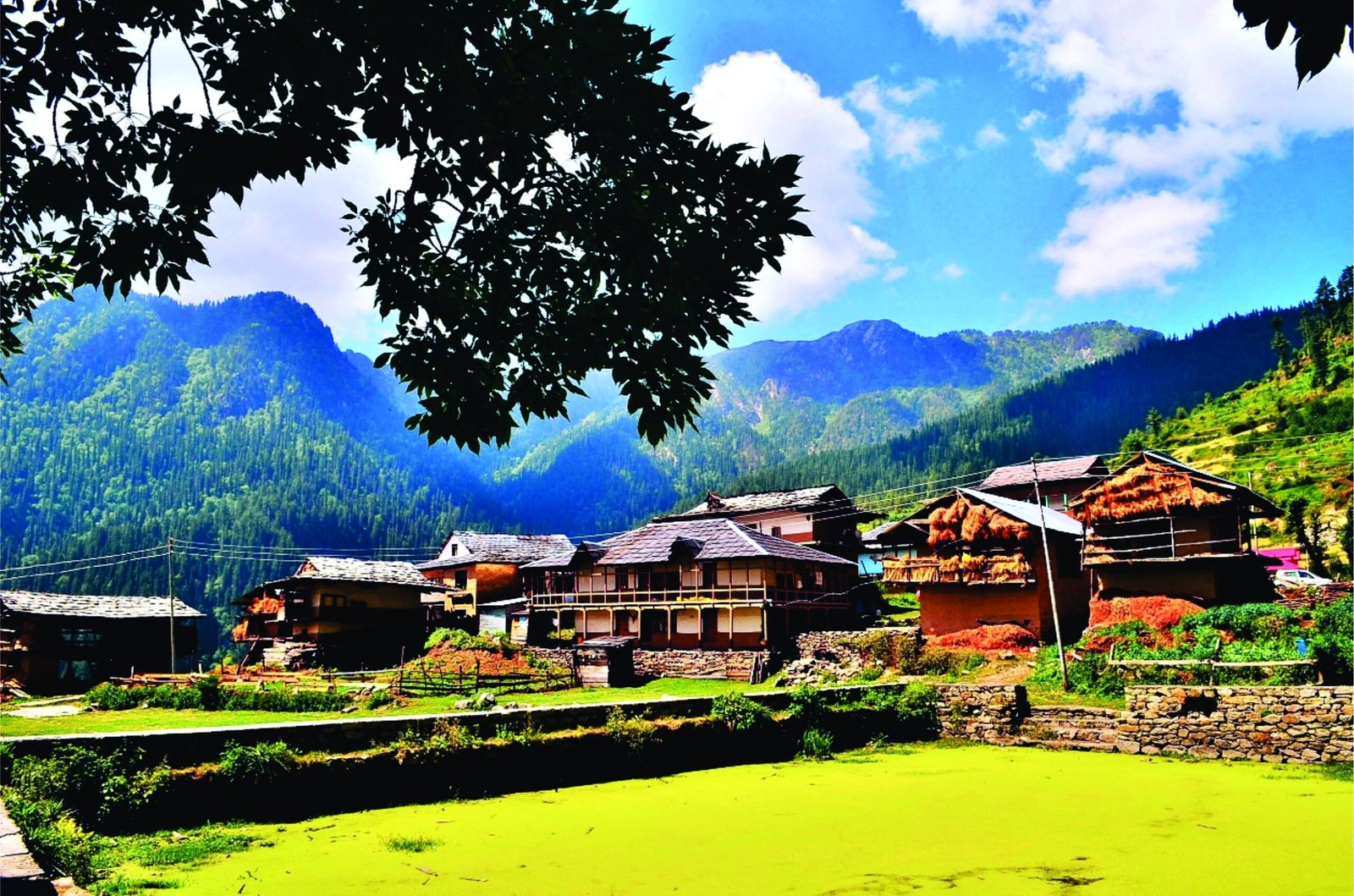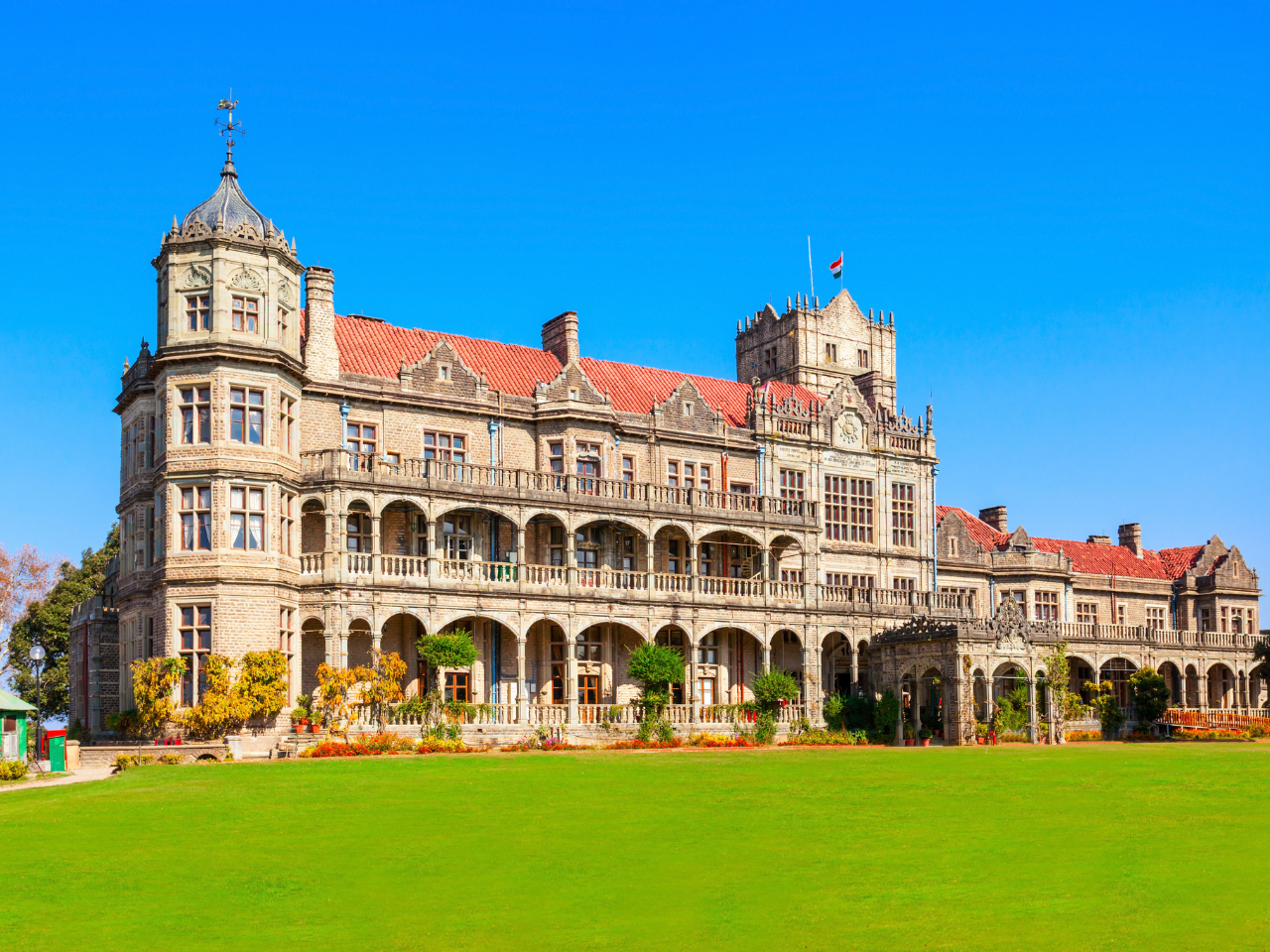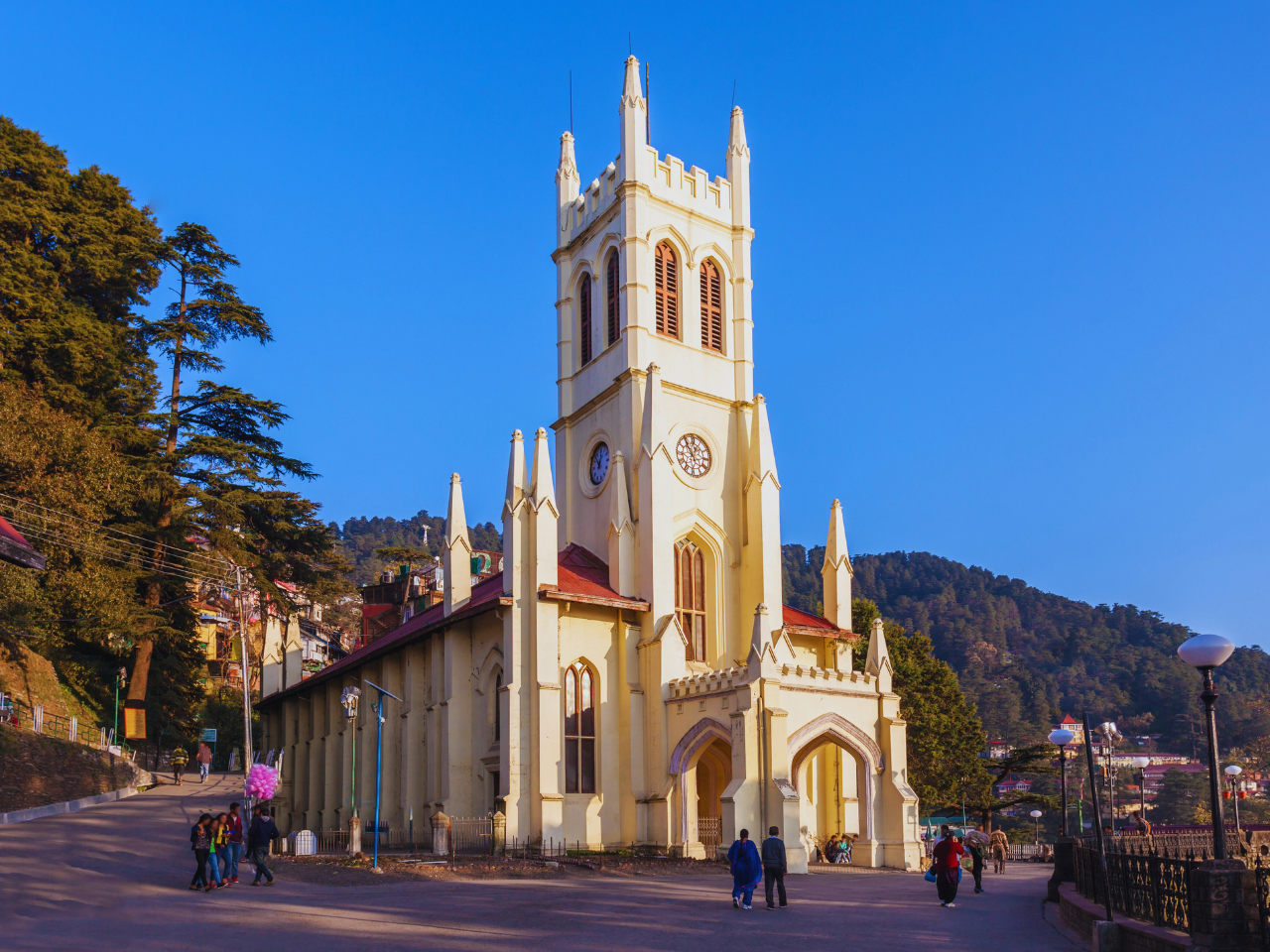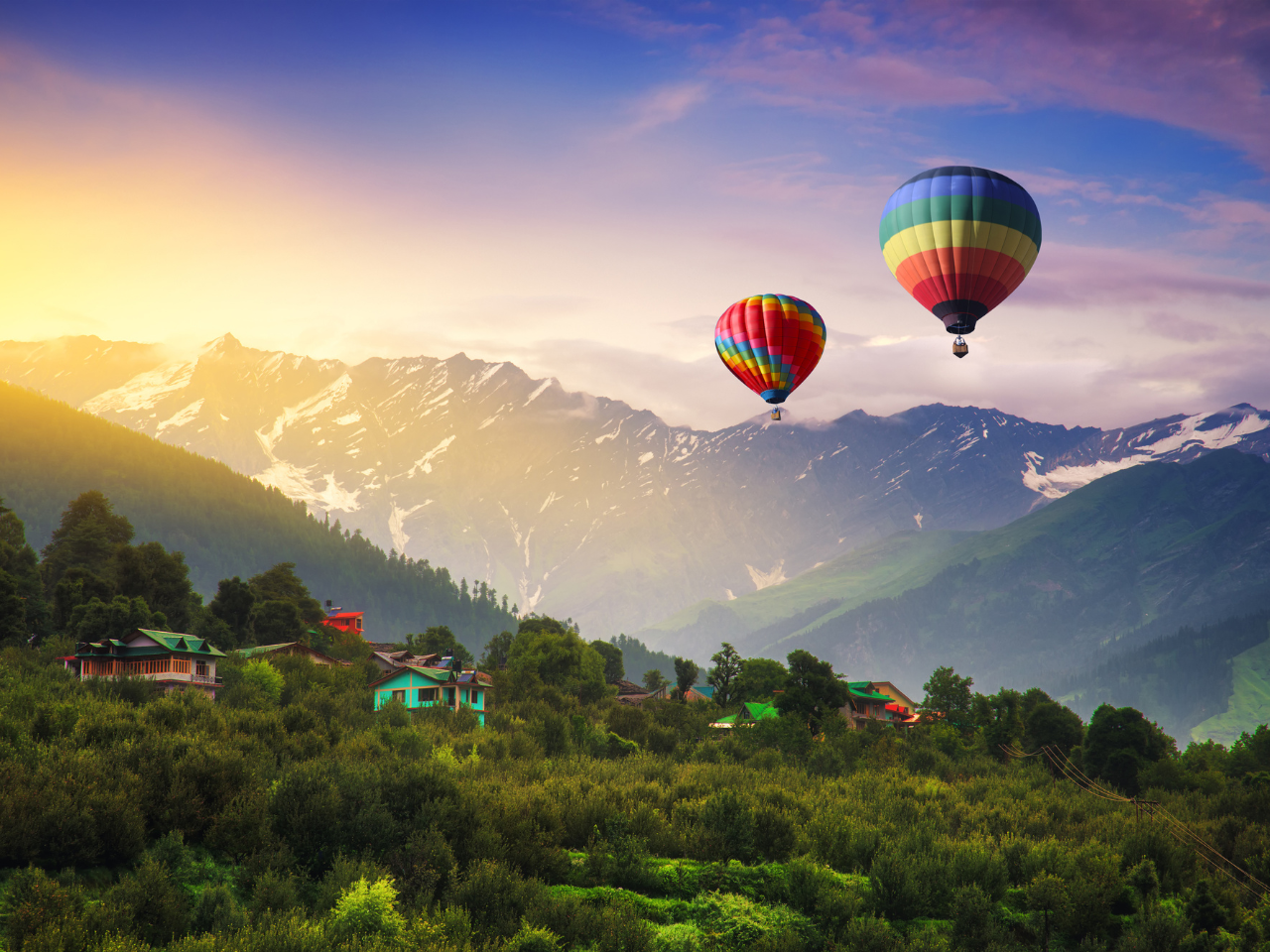Best Time to Visit Jibhi
Best Time To Visit Jibhi
Jibhi, nestled amidst the majestic Himalayas in Himachal Pradesh, enchants visitors with its untouched beauty. Unlike bustling tourist destinations, Jibhi offers a serene escape, enveloped by whispering pines, cascading waterfalls, and vibrant meadows that transform with each season. So, when is the perfect time to delve into Jibhi’s magic? Let’s explore the unique charm each season offers.
Spring (March to May):
Spring paints Jibhi in a breathtaking tapestry of colors. Rhododendrons explode in a riotous bloom, adorning the hillsides. The weather is pleasantly warm, with temperatures ranging from 10°C (50°F) to 25°C (77°F). Crystal-clear skies unveil panoramic vistas of the Himalayas. Spring is ideal for nature walks, exploring hidden hamlets, and experiencing the tranquility of the surrounding valleys.
Highlights:
- Floral Fantasia: Witness the vibrant spectacle of rhododendrons and other spring blooms.
- Pleasant Weather: Enjoy comfortable temperatures for outdoor activities.
- Cultural Delights: Immerse yourself in the lively Baisakhi festival, celebrating the Sikh New Year.
Summer (June to August):
Summer brings a touch of monsoon magic to Jibhi. Lush greenery carpets the landscape, and waterfalls tumble down the mountainsides. While occasional showers may occur, they usually come as brief bursts, leaving the air refreshingly cool. Average temperatures range from 15°C (59°F) to 28°C (82°F). This season is perfect for those seeking a tranquil escape and a chance to reconnect with nature’s rejuvenating power.
Highlights:
- Emerald Embrace: Immerse yourself in the verdant beauty of the monsoon season.
- Waterfall Wonders: Explore cascading waterfalls and hidden streams surrounding Jibhi.
- Adventure Activities: Depending on water levels, embark on thrilling river rafting adventures on the Beas River.
Things to Consider:
Potential for Landslides: Be aware of the possibility of landslides during heavy monsoon rains.
Autumn (September to November):
Autumn transforms Jibhi into a wonderland of captivating colors. The verdant foliage gives way to a warm palette of yellows, oranges, and reds, creating a breathtaking backdrop. Clear skies persist, offering spectacular views of the Himalayas. Average temperatures range from 10°C (50°F) to 22°C (72°F). Autumn is perfect for trekking, capturing stunning photographs, and simply basking in the beauty of nature’s transformation.
Highlights:
- A Tapestry of Colors: Witness the mesmerizing display of autumn foliage.
- Pleasant Weather: Enjoy comfortable temperatures for outdoor pursuits.
- Cultural Delights: Immerse yourself in the vibrant Dussehra celebrations.
Winter (December to February):
Winter drapes Jibhi in a cool and misty charm. The temperature dips considerably, with averages ranging from 0°C (32°F) to 10°C (50°F). However, the skies are at their clearest, offering unparalleled views of the snow-capped peaks. This season is ideal for those seeking a winter wonderland experience and enjoying the natural hot springs for a truly rejuvenating experience.
Highlights:
- Winter Wonderland: Witness the captivating beauty of snow-covered landscapes.
- Clear Skies: Capture stunning photographs of the snow-capped Himalayas.
- Soothing Warmth: Immerse yourself in the natural hot springs for relaxation.
Things to Consider:
- Chilly Weather: Pack warm clothing for the cooler temperatures.
- Limited Services: Some tourist facilities and activities may have limited availability during winter.
Planning Your Jibhi Adventure
When choosing the best time to visit Jibhi, consider your preferences:
- Pleasant Weather and Clear Skies: Spring (March-May) or Autumn (September-November) are ideal.
- Witnessing Blooming Flowers: Visit during Spring (March-May).
- Experiencing the Monsoon Magic: Summer (June-August) offers a unique perspective.
- Breathtaking Himalayan Views and Soaking in Hot Springs: Winter (December-February) is perfect (be prepared for colder weather).
Remember, Jibhi’s charm transcends seasons. Whether you seek vibrant landscapes, adventure activities, cultural experiences, or a winter wonderland escape, this captivating hill station offers an unforgettable experience year-round.
MAR-MAY
10°C (50°F) to 25°C (77°F)
JUN-AUG
15°C (59°F) to 28°C (82°F)
DEC-FEB
0°C (32°F) to 10°C (50°F)
More Best Time to Visit

Get Your Best Tour Experience
Customer Speak
Best Seller Package Himachal
Things to Do in Himachal
Explore More About Himachal
Reaching Himachal Pradesh, a state in northern India known for its stunning landscapes and beautiful mountainous regions, can be done via various modes of transportation, including air, rail, and road. The specific method of travel will depend on your starting location and personal preferences. Here are the common ways to reach Himachal Pradesh:
By Air:
- The nearest major airport is the Shimla Airport (Jubbarhatti Airport), located approximately 23 kilometers from Shimla, the capital of Himachal Pradesh. Flights from major Indian cities like Delhi and Chandigarh connect to Shimla.
- Alternatively, you can also opt for the Kullu-Manali Airport (Bhuntar Airport), which is about 50 kilometers from Manali. Flights operate to this airport from Delhi and Chandigarh.
By Rail:
- The major railway station in Himachal Pradesh is Kalka Railway Station, located in the town of Kalka. It is well-connected to various parts of India. From Kalka, you can take the UNESCO World Heritage-listed Kalka-Shimla Toy Train, a scenic narrow-gauge railway that takes you to Shimla.
- Another option is to reach Chandigarh Railway Station, which is a major rail hub and has good connectivity to other parts of the country. From Chandigarh, you can take a taxi or bus to reach different parts of Himachal Pradesh.
By Road:
- Himachal Pradesh is well-connected by road to major cities and states. You can opt for a bus, taxi, or self-drive.
- If you are coming from Delhi, you can take the NH44 route that connects Delhi to Shimla, passing through Chandigarh and Kalka.
- If you are coming from Chandigarh, you can take NH5 which leads to Shimla or NH205 for Kullu and Manali.
- There are numerous state-run and private buses that operate from nearby states and cities to different destinations in Himachal Pradesh.
By Train and Bus Combined:
- Some areas of Himachal Pradesh, like Manali, do not have direct train connectivity. In such cases, you can reach Chandigarh by train and then take a bus or hire a taxi to reach your destination within Himachal Pradesh.
The best time to visit Himachal Pradesh, India, is during the months of March to June and September to November.
Spring (March to June)
This season offers pleasant weather with temperatures ranging from 15°C to 30°C in most regions. The hill stations like Shimla, Manali, and Dharamshala are adorned with blooming flowers, lush greenery, and clear skies, making it ideal for sightseeing, trekking, and enjoying outdoor activities.
Autumn (September to November):
During this period, the weather is still pleasant with temperatures between 10°C to 25°C. The monsoon showers have passed, leaving behind fresh and vibrant landscapes. It is a great time to witness the post-monsoon beauty of the region, especially in places like Kullu, Spiti Valley, and Kinnaur.
For Snow Lovers :
The winter months (December to February) are quite cold and often accompanied by heavy snowfall. If you want to enjoy unforgettable moments witnessing snowfall, don’t miss this season.
Popular destinations in Himachal Pradesh include Shimla, Manali, Dharamshala, Kullu, Spiti Valley, Kasol, McLeod Ganj, Kasauli, and Dalhousie.
The best way to reach Himachal Pradesh is by air to Shimla or Dharamshala, or via road or train routes.
Yes, Himachal Pradesh offers excellent trekking opportunities with diverse trails, beautiful landscapes, and varying difficulty levels for adventurers.
Yes, Himachal Pradesh has direct flights to Kangra Airport and Bhuntar Airport, connecting to major Indian cities like Delhi.
Yes, Himachal Pradesh offers affordable accommodations, local cuisine, and budget-friendly activities, making it a great destination for budget travelers.
- Himachal Pradesh is a state in the northern part of India, known for its picturesque landscapes and abundant natural beauty.
- It is often referred to as the “Land of Gods” due to its numerous temples and religious significance.
- Shimla is the capital city of Himachal Pradesh, famous for its colonial architecture and as a popular hill station.
- The state is renowned for its adventure tourism, offering activities like trekking, skiing, paragliding, and rafting.
- Himachal Pradesh is home to the Great Himalayan National Park, a UNESCO World Heritage Site known for its diverse flora and fauna.
- The region is also known for its apple orchards, making it a significant producer of apples in India.
- It has a unique tradition of “Devi Devta” or local gods and goddesses, and every village typically has its own deity.
- Himachal Pradesh is the second least populous state in India, making it one of the least densely populated states in the country.
- The state boasts a rich cultural heritage with a blend of Tibetan, Hindu, and Buddhist influences, particularly in places like Dharamshala and McLeod Ganj.
- Himachal Pradesh has a significant influence of Buddhism, and places like Spiti and Lahaul are known for their Buddhist monasteries and culture.






